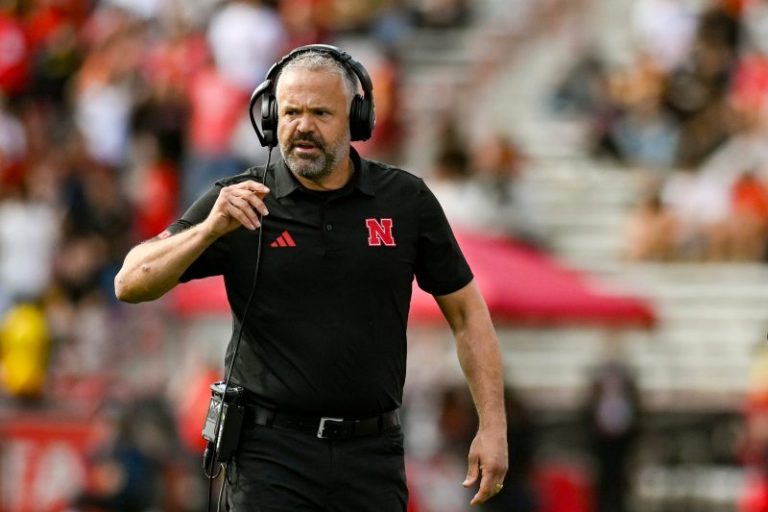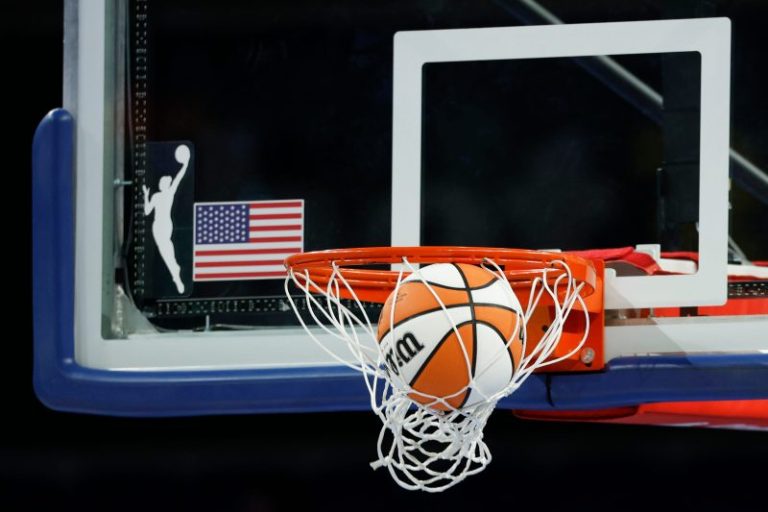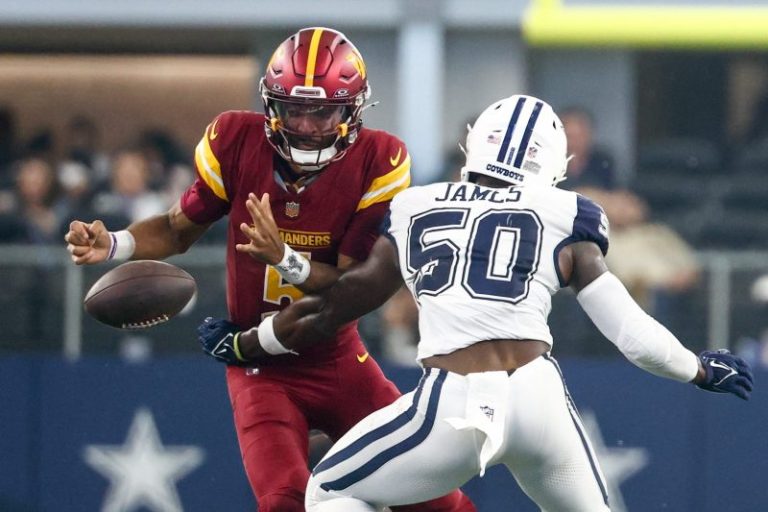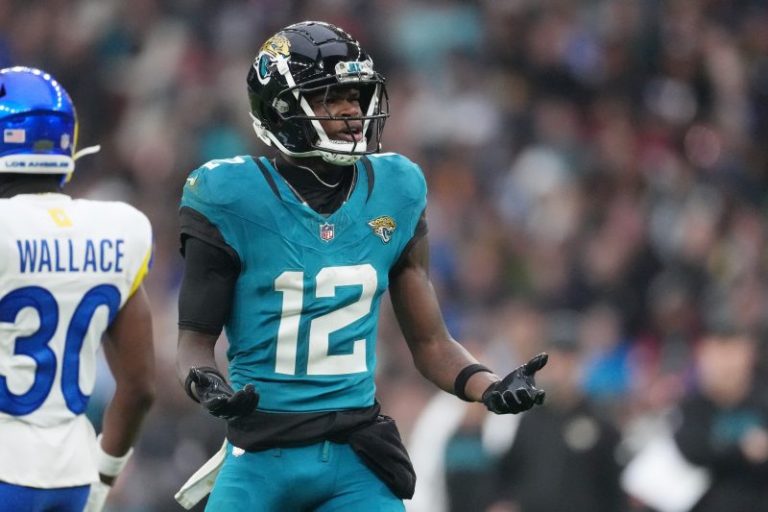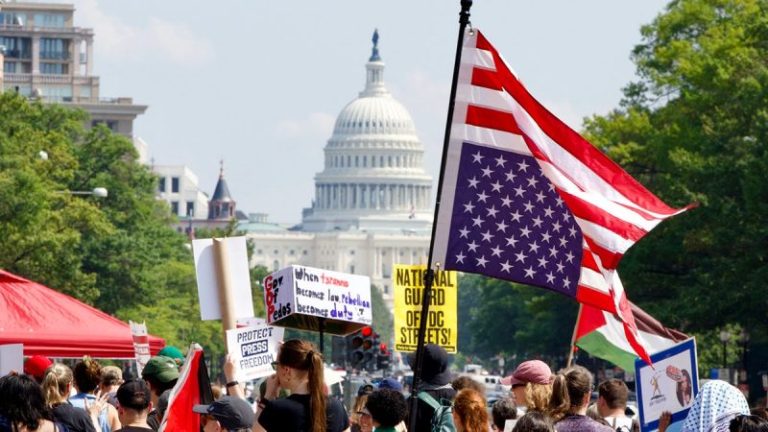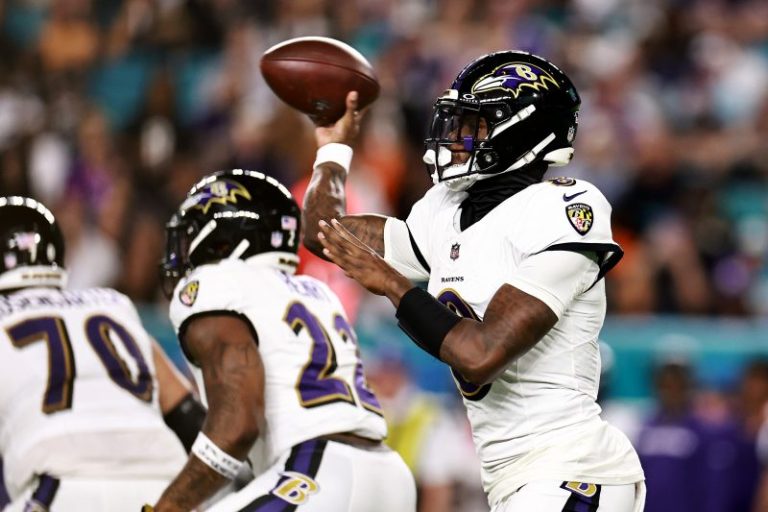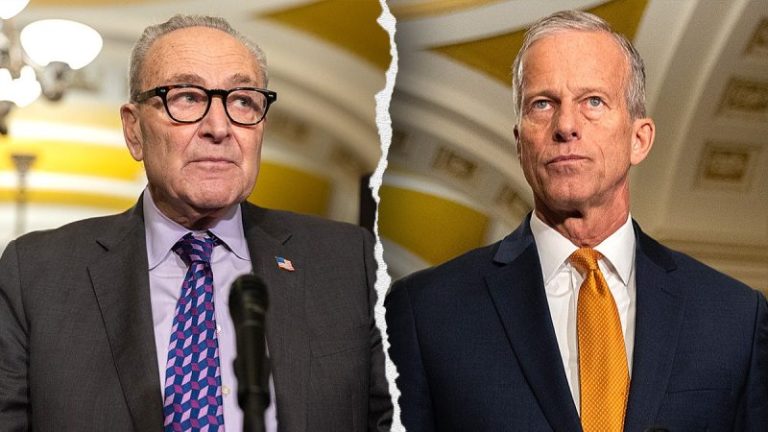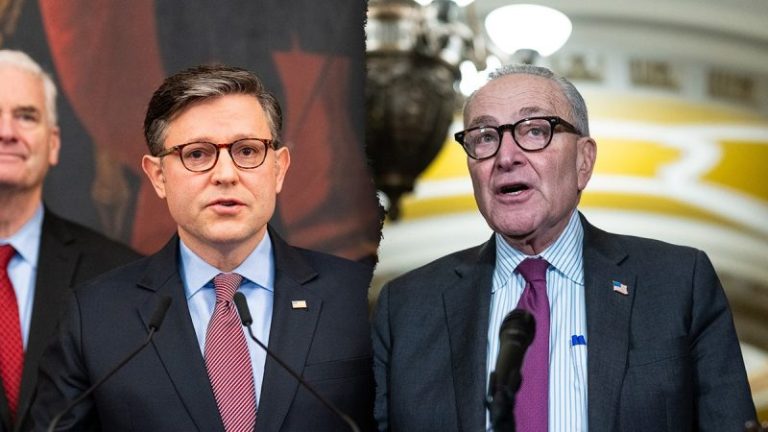These guys never learn. Here we are, treading water in coaching dead money hell, and Nebraska opens the firehose.
Matt Rhule is a terrific coach, a proven program builder who has worked magic at both Temple and Baylor.
So Nebraska just announced Thursday it added $25 million in base salary to his original deal by extending it for two seasons.
“Coach Rhule has shown he is the right leader for the right time for Nebraska football,” said Nebraska athletic director Troy Dannen.
And I’m still trying to figure out if Nebraska realizes it just added millions to a buyout if this thing doesn’t work. Because what so far makes you think it’s going to work?
Rhule is 18-15 in 33 career games at Nebraska, including 12-15 vs. power conference schools. He has never beaten a ranked team at Nebraska, seven consecutive losses by an averaged of 18 points per game.
He’s 0-2 against rival Iowa, and hasn’t remotely closed the gap with the elite of the Big Ten.
Meanwhile, Nebraska is 6-2 and isn’t exactly turning heads in Year 3 under Rhule against a manageable schedule, and could easily lose at home Saturday to desperate Southern California.
If that’s not enough to show some semblance of pause in the funny money world of college coaching, this should: the Huskers, ladies and gentlemen, are 1-7 in November games under Rhule.
In other words, you’re extending a coach who could easily produce another 7-5 season. Or worse.
But Nebraska went ahead and threw a two-year, $25 million contract extension at Rhule because, well, what else are you going to do when a bunch of sportswriters start adding your coach to another school’s wishlist?
Again, Rhule is a terrific coach and a better dude. A coach you’d want your kids to play for.
But he has done nothing to warrant a $25 million extension at Nebraska. What’s he going to do, say no, thank you?
He’ll take the extension and smile and profess his love to Nebraska, while the university attempts to sell it as “no increase” in his base salary. This, of course, is utterly laughable.
Rhule currently makes $8.5 million per season, but his deal increases with escalators over the course of the contract. He is scheduled to make $12.5 million by his final season in 2030, and the new two-year extension to 2032 is based on his 2030 salary.
Nebraska added two years at the 2030 salary, so technically it’s not a pay raise. It’s just adding $25 million — of which 90 percent is guaranteed — to the contract of a coach who’s 0-for-Minnesota.
No offense to Ski-U-Mah.
So Rhule’s buyout if he is fired without cause has just increased by $22.5 million. The school has not released details of the extension that would change that arrangement.
This extension reportedly increases the buyout for any other school (or NFL team) to hire Rhule from $5 million to $15 million.
Yeah, uh, fellas? That’s not really your concern.
If you’re Georgia (Kirby Smart) or Ohio State (Ryan Day), the buyout to protect the school is of vital importance. If you’re Nebraska, you’ve got to be able to read the room just a smidge better.
Penn State isn’t going to fire a coach whose only flaw was he couldn’t win the big one, and couldn’t beat ranked teams — and then hire the same damn coach.
Franklin won one Big Ten championship, Rhule won one American Athletic championship. Franklin lost once in the Big Ten championship game, Rhule lost one Big 12 championship game (and the AAC championship game).
Franklin was a program builder at Vanderbilt, and rebuilt Penn State after a near death blow to the program from a horrific scandal. Rhule rebuilt a moribund program at Temple, and resuscitated Baylor after a near death blow to the program from a horrific scandal.
It’s the same coach. There’s no chance Penn State’s Board of Trustees allows Kraft to make that hire.
But Nebraska threw $25 million at Rhule, anyway. Because maybe LSU comes after him. Or Florida or Florida State.
Or anyone else the once proud Nebraska program can’t compete against. So we’ll throw a sack of cash at a coach whose only chance at finishing his third season with a better than .500 record against power conference teams is to go undefeated in November.
Where his Nebraska teams lost seven of eight in his first two seasons.
Somebody, somewhere, turn off that firehose.
Matt Hayes is the senior national college football writer for USA TODAY Sports Network. Follow him on X at @MattHayesCFB.

